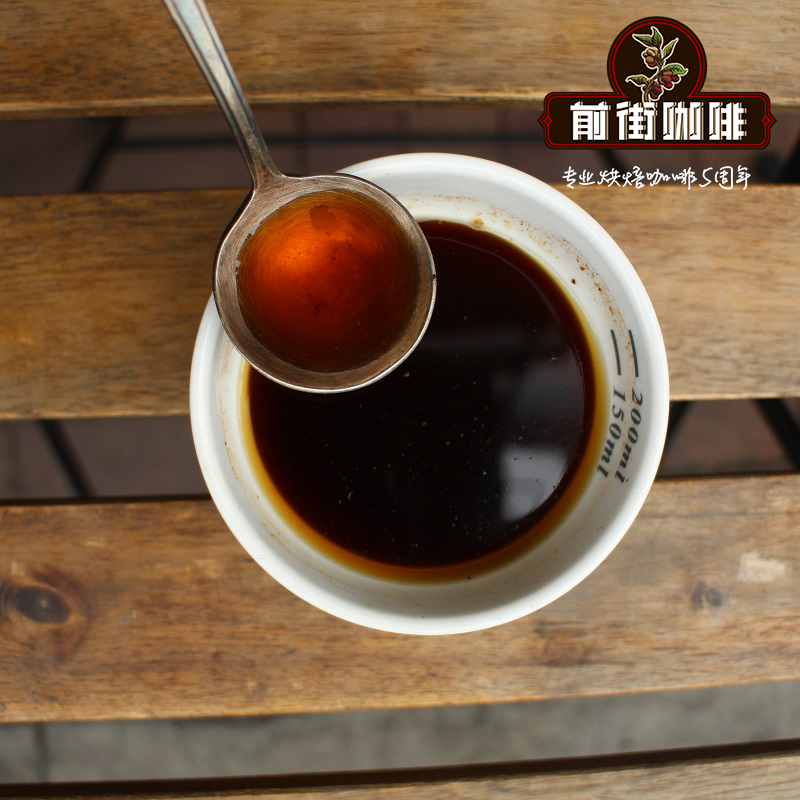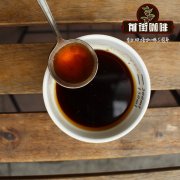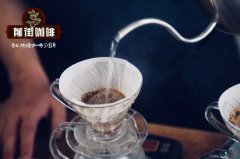Introduction of Costa Rican Rosa Rose Manor introduction to the flavor of Costa Rican coffee

、
Professional coffee knowledge exchange more coffee bean information please follow the coffee workshop (Wechat official account cafe_style)
Costa Rican coffee is of the most stable quality in Central American coffee, mainly because it grows in the natural environment of complete tree shade and cool rainy night with large temperature difference in the morning and evening. Coupled with the rich soil and stable progress in the middle and rear treatment, Costa Rican coffee has a bad reputation, which has long been an indicator of Central American coffee. The more famous producing areas are the Tarazu Sanshui River and the Central Valley, etc., but inspired by the coffee cup test competition, many manors are becoming more and more refined. More and more small and beautiful previously unknown manors gradually increase their popularity so that the world can taste more levels, more kinds and more ways of handling Costa Rican coffee beans. Costa Rica's current treatment is also developing in many ways. In addition to the well-known traditional washing method and the most popular honey treatment (Miel Process), sun-dried beans are available even in this water-rich country, all to make up for the weakness of the taste.
Rosa is the Spanish word for Rose and the English word for rose
Located in the western valley of Costa Rica with the most outstanding coffee quality in recent years, the Naranjo cooperative is even better than the Tarazhu producing area, which is well known to the Chinese. Coffee grows in fertile land and pure spring water at an altitude of 1100-1300 meters. About 2360 members are busy with farming in December and February each year. The coffee is dried and wrapped in parchment to maintain a humidity of 14%. With Kaddura and Kaduai as the main ones, the honey handling beans of the same Naranjo cooperative have also broken through the previous level of Costa Rican honey treatment.
Qianjie recommended cooking parameters:
Hand punch: V60 filter cup small Fuji R440 grinding 3.5, water temperature about 90 degrees
The recommended grinding degree of normal pressure is 4 and the water temperature is 90 ℃.
The recommended siphon grinding degree is 4, and the water temperature is 90 ℃ ~ 91 ℃.
The pressure grinding degree of Philharmonic is recommended to be 3.5, and the water temperature is 90 ℃.
- Prev

Introduction of Costa Rican Lemon Manor introduction of flavor characteristics of Costa Rican coffee
Professional coffee knowledge exchange more coffee bean information Please follow Coffee Workshop (Wechat official account cafe_style) Lemon Manor is from the Tara Pearl producing area with the highest latitude in Costa Rica, coffee cherries are handled by the volley processing plant, which has more than 60 years of coffee processing experience, and the sun uses exquisite African scaffolding to make the coffee flavor as a whole.
- Next

Columbia Peak Manor Finca La Cumbre introduces the flavor characteristics of Colombian coffee
Professional coffee knowledge exchange more coffee bean information please follow the coffee workshop (Wechat official account cafe_style) Colombia's changeable terrain and high mountains, the natural conditions for coffee production are very good, especially the Cauca test card in the southern region.
Related
- Does Rose Summer choose Blue, Green or Red? Detailed explanation of Rose Summer Coffee plots and Classification in Panamanian Jade Manor
- What is the difference between the origin, producing area, processing plant, cooperative and manor of coffee beans?
- How fine does the espresso powder fit? how to grind the espresso?
- Sca coffee roasting degree color card coffee roasting degree 8 roasting color values what do you mean?
- The practice of lattes: how to make lattes at home
- Introduction to Indonesian Fine Coffee beans-- Java Coffee producing area of Indonesian Arabica Coffee
- How much will the flavor of light and medium roasted rose summer be expressed? What baking level is rose summer suitable for?
- Introduction to the characteristics of washing, sun-drying or wet-planing coffee commonly used in Mantenin, Indonesia
- Price characteristics of Arabica Coffee Bean Starbucks introduction to Manning Coffee Bean Taste producing area Variety Manor
- What is the authentic Yega flavor? What are the flavor characteristics of the really excellent Yejasuffi coffee beans?

